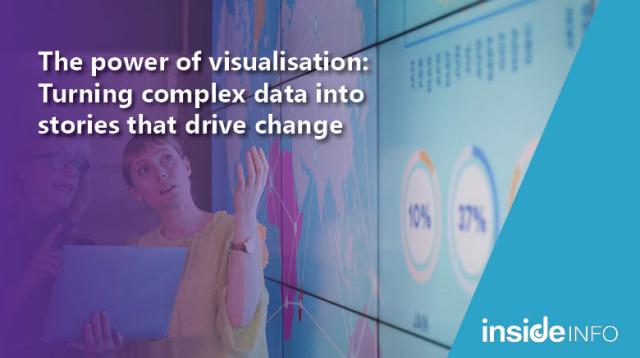
Inaccurate or incomplete data leads to missed opportunities, flawed predictions, and in some cases, detrimental business outcomes. But trust in data is not just about ensuring numbers line up. It’s about creating a foundation where leaders can confidently rely on data to forecast trends, develop strategies and make predictions that drive future success.
When you can trust your data, you open the door to accurate forecasting. This is where Inside Info's expertise comes into play. We’ve guided businesses through data accuracy journeys, helping them shift from relying on legacy systems to adopting advanced analytics platforms that offer real-time insights.
The journey to accurate data and predictive analytics
To move from a state of data chaos to one of confidence, organisations need to take deliberate steps to clean and govern their data. Below are key actions to consider:
-
Conduct a comprehensive data audit
A data audit helps organisations understand the current state of their data and identify areas where data quality is lacking. This includes finding inconsistencies, outdated information, and incomplete records. It is critical to understand what data exists, where it resides, and how it is used. From here, businesses can map out a plan to improve data quality. -
Data cleansing and standardisation
Data cleansing involves eliminating duplicate records, filling in missing information, and standardising formats across different systems. Clean data is essential for ensuring that analysis and reporting provide accurate insights. Cleansing also prepares data for future integration with advanced analytics platforms, which require consistency to perform optimally. -
Establish data governance policies
Without governance, even clean data can quickly become chaotic again. Establishing clear guidelines on how data is collected, stored, and accessed allows businesses to maintain data integrity across the organisation. Governance also ensures that roles and responsibilities related to data management are well defined, creating accountability at every level. -
Implement modern data platforms
Moving away from legacy systems to modern data analytics platforms provides the tools to organise and visualise data and enhances decision-making capabilities through real-time insights and predictive analytics. These platforms allow businesses to process large volumes of data quickly and efficiently, helping leaders make faster, more informed decisions. -
Build a culture of data-driven decision making
Transforming data processes is not just about tools and governance - it requires a shift in culture. Leaders need to instil a data-driven mindset throughout their organisations. This involves encouraging teams to base their decisions on data insights rather than intuition or outdated practices. As the organisation begins to see the benefits of accurate, actionable data, confidence in the value of data-driven decision-making will grow. -
Invest in predictive analytics
Once data is clean, governed, and trusted, businesses can take the next step toward predictive analytics. Predictive analytics allows organisations to forecast trends, anticipate customer behaviour, and plan for future business conditions. By utilising historical data to make accurate predictions, businesses can become more proactive, ensuring they stay ahead of industry shifts.
From challenges to confidence
The transformation from data chaos to confidence is a journey that requires commitment from leadership, the right tools, and a structured approach to governance and quality assurance. As businesses embrace these steps, they shift to a state where data becomes a reliable asset that supports business growth and predicts future outcomes.
Data, when trusted, becomes a foundation for success.
Start your journey today by auditing your current systems and ensuring you have the right tools in place to make informed, data-driven decisions. Contact us to find out how we can support journey.



